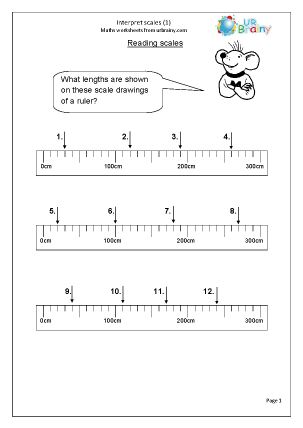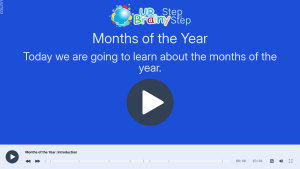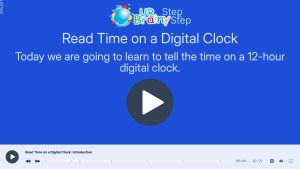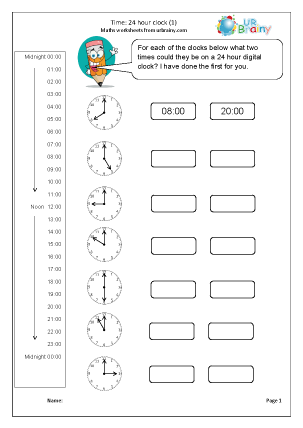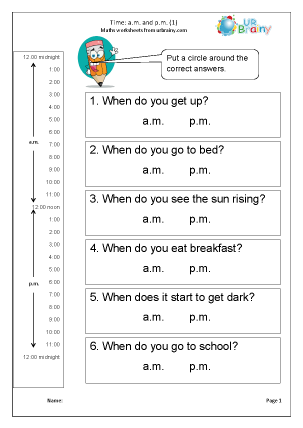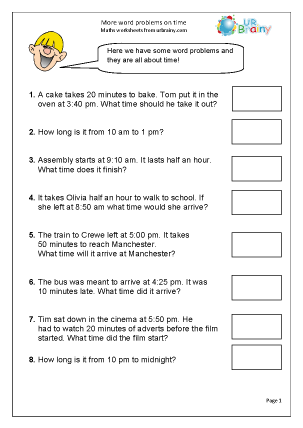Measuring and Time Worksheets for Year 3 (age 7-8)
Working with the metric system really takes off in Year 3 (7/8 years old). During this year children are expected to know that:
1 kilometre = 1 000 metres
1 metre = 100 centimetres
1 kilogram = 1 000 grams
1 litre = 1 000 millilitres
They are also expected to recognise half units, such as half a kilometre and that this can be written as ½ km, or 0.5 km or 500 m.
One of the most useful benefits of the metric system is the relationship between the units:
a litre of water can be contained in a 10 cm cube (1 000 cubic cm) and has a mass of approximately 1 kg (depending on temperature). Hence a 1 cm cube of water has a mass of approximately 1 gram and is known as 1 ml.
Whilst children should be working with practical apparatus (measuring jugs, rulers, weights etc.) they are also expected to begin to solve word problems.
In Year 3 telling the time is part of Measurement in the National Curriculum and we include all our time worksheets within the Measurement category rather than a separate category of its own. Nevertheless there’s plenty to get to grips with as far as time goes in Year 3.
Remember that children should be starting Year 3 (age 7-8) with a good understanding of reading the time to the nearest 5 minutes. If they don’t have this understanding it is important to go back to earlier work to help them achieve this.
So, what is new in Year 3? Firstly, by the end of the year children are expected to be able to read the time from an analogue clock to the nearest minute. This, in itself is a major target. To make it more complicated children will be expected to use Roman numerals from I to XII on clock faces. Luckily, we have some great pages on both these topics.
Using a.m. and p.m. is also introduced in Year 3 and we have some excellent pages on converting a time shown using a.m. or p.m. to writing it in words using morning or afternoon/evening etc. (e.g. 10:25 is 25 minutes past 10 in the morning).
Children will also become familiar with the 24 hour clock. This means that reading the time on digital clocks has to be introduced. It is also important that children use the 24 hour clock correctly when writing the time (e.g. 8 a.m. is written as 08:00). Fortunately children have much better access to digital clocks than in the past, with most phones showing the time in this way.
We also have plenty of pages on solving simple problems involving time; working out how long it is between two times, the length of time of TV programmes, word problems on time etc.
Why not take a look now at all our time resources for Year 3?
Measuring length and perimeter
Measuring length using millimetres, centimetres and metres. Solving problems including kilometres and miles. Measuring and calculating perimeters.
Measuring mass/weight
A selection of mass/weight activities using grams and kilograms.
Measuring volume and capacity
Activities involving measuring volume and the capacity of containers.
Solving measurement problems, equivalence between metric units and reading scales
Solving measurement problems in words, understanding equivalence, interpreting scales and using recipes.
Time: weeks, months and seasons
Some work on longer periods of time.
Time: reading time to the nearest minute
Reading time on digital and analogue clocks. Solving problems involving time.
Time: a.m. and p.m. 24 hour clock
A look at using a.m and p.m and the 24 hour clock to show morning or afternoon.
Time: word problems and further resources
A variety of worksheets including word problems and other problem solving.












































